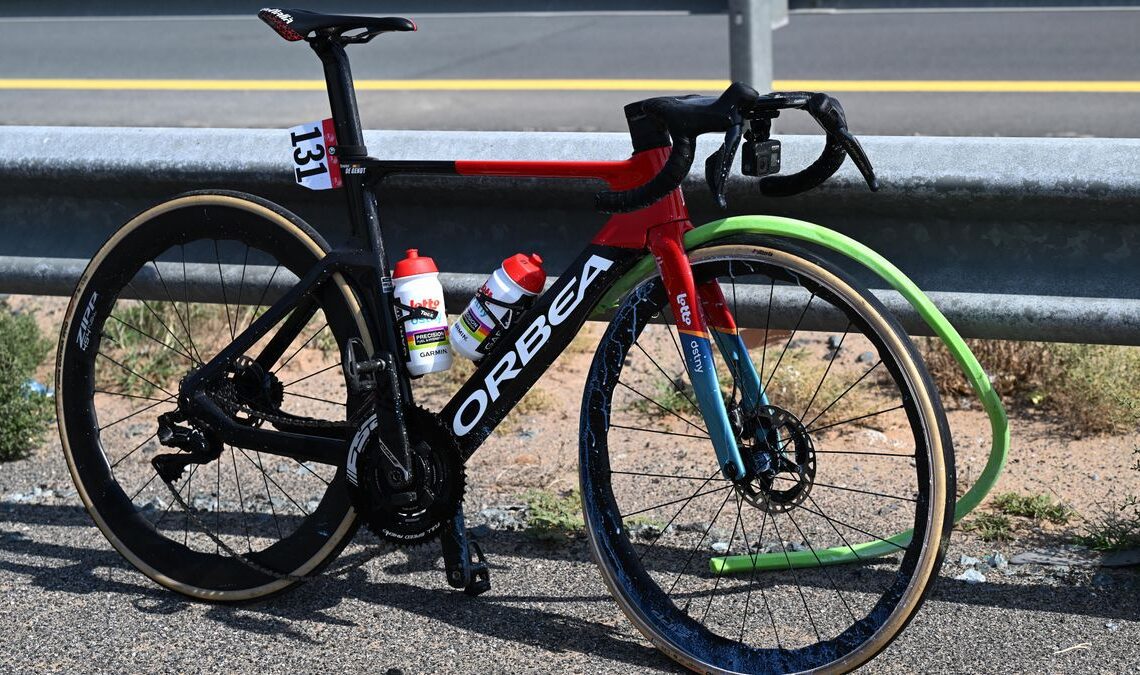The safety of hookless rims has been called into question in recent weeks. It’s not a new question, but it came to the fore after Lotto Dstny’s Thomas De Gendt crashed at the UAE Tour and images of his bike, propped against the roadside barrier, showed the front tyre having been shed from the rim.
De Gendt claimed to have hit something, and both Vittoria and Zipp blamed an errant rock, but in the absence of evidence, questions about the safety of hookless wheels were raised.
While Cyclingnews has since obtained images that show the rim was subject to an impact, suggesting it didn’t simply blow its tyre off at random, the discussion has raised some interesting points relating to the ETRTO (European Tyre and Rim Technical Organisation) recommendations and the ISO (International Organization for Standardization) regulations.
To try and get a deeper understanding of these points, we spoke to six brands, including the brand at the centre of this controversy, Zipp, to get their take, and to find out how they were testing to mitigate against the risks that hookless rims can pose.
What controversy?
Although the ETRTO made changes to the recommendations for compatible tyre and wheel sizes with hookless tubeless systems last year, this crash brings it back to the forefront. No one knows exactly what happened, but there has been plenty of discussion.
During the discussion, it was common to see the number 1.1 thrown around. That number refers to the ISO test for tyre retention. Jake Pantone, VP of Product and Brand for Enve Composites, explains what that is. “[You have to] inflate the tyre to 110% of [or 1.1 times] the maximum pressure of the wheel system and maintain that air pressure for a minimum of five minutes.”
This test is also something that CPA President, Adam Hansen, referenced in his discussion with Velo. In that article, author Shane Stokes writes “[Hansen] mentions that with hooked tyres, the ISO standard says the pressure limit is 1.5 times the maximum stated PSI.” Stokes then goes on to quote Hansen as saying “What that means is that on a clincher hooked rim, normally the max psi is 120. Under the ISO standard, 1.5 times 120 is 180 psi. So if you put 180 in there, it’ll pop off. But for some reason, the hookless standard is just 1.1. I don’t understand why they have changed the bar on the hookless system. I’d like to ask…
Click Here to Read the Full Original Article at CyclingNews RSS Feed…

